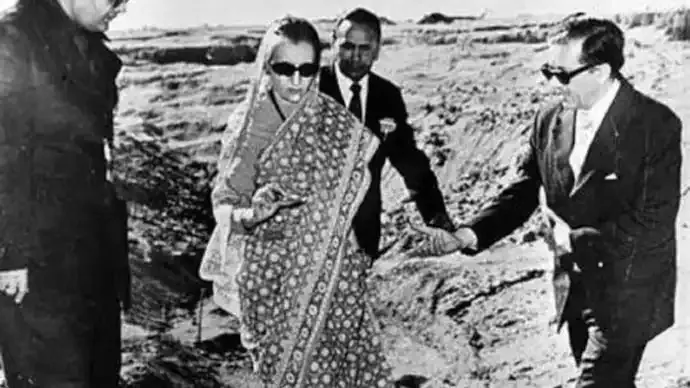Shopping cart
Your cart empty!
Terms of use dolor sit amet consectetur, adipisicing elit. Recusandae provident ullam aperiam quo ad non corrupti sit vel quam repellat ipsa quod sed, repellendus adipisci, ducimus ea modi odio assumenda.
Lorem ipsum dolor sit amet consectetur adipisicing elit. Sequi, cum esse possimus officiis amet ea voluptatibus libero! Dolorum assumenda esse, deserunt ipsum ad iusto! Praesentium error nobis tenetur at, quis nostrum facere excepturi architecto totam.
Lorem ipsum dolor sit amet consectetur adipisicing elit. Inventore, soluta alias eaque modi ipsum sint iusto fugiat vero velit rerum.
Sequi, cum esse possimus officiis amet ea voluptatibus libero! Dolorum assumenda esse, deserunt ipsum ad iusto! Praesentium error nobis tenetur at, quis nostrum facere excepturi architecto totam.
Lorem ipsum dolor sit amet consectetur adipisicing elit. Inventore, soluta alias eaque modi ipsum sint iusto fugiat vero velit rerum.
Dolor sit amet consectetur adipisicing elit. Sequi, cum esse possimus officiis amet ea voluptatibus libero! Dolorum assumenda esse, deserunt ipsum ad iusto! Praesentium error nobis tenetur at, quis nostrum facere excepturi architecto totam.
Lorem ipsum dolor sit amet consectetur adipisicing elit. Inventore, soluta alias eaque modi ipsum sint iusto fugiat vero velit rerum.
Sit amet consectetur adipisicing elit. Sequi, cum esse possimus officiis amet ea voluptatibus libero! Dolorum assumenda esse, deserunt ipsum ad iusto! Praesentium error nobis tenetur at, quis nostrum facere excepturi architecto totam.
Lorem ipsum dolor sit amet consectetur adipisicing elit. Inventore, soluta alias eaque modi ipsum sint iusto fugiat vero velit rerum.
Do you agree to our terms? Sign up

On the quiet morning of May 18, 1974, deep beneath the sands of Rajasthan, India joined the ranks of nuclear powers. The test, codenamed “Smiling Buddha,” was carried out at the Pokhran Test Range and symbolised the birth of India’s nuclear capability — an achievement that redefined the country’s global standing.
The decision came directly from then-Prime Minister Indira Gandhi, who, a day before the test, reportedly told physicist Dr. Raja Ramanna, “Please go ahead. It will be good for the nation.” The following morning, at exactly 8:05 am, a blinding flash beneath the desert signalled the successful detonation of India’s first nuclear device.
India’s achievement made it the sixth nation in the world to possess nuclear capability. The explosion was a defining moment, especially in an era of growing tension with China and Pakistan. Surrounded by nuclear-armed neighbours, India’s leadership viewed the test as an essential step for national security.
Despite limited resources and Western opposition, Indian scientists, working under complete secrecy, developed and tested a plutonium-based implosion device. Roughly 6 kilograms of plutonium sourced from the CIRUS reactor powered the weapon, while an indigenous polonium–beryllium initiator, nicknamed Flower, triggered the chain reaction.
The bomb’s assembly and detonation were overseen by the Bhabha Atomic Research Centre (BARC) team under Dr. Ramanna, with Pranab Rebatiranjan Dastidar chosen to activate the final firing sequence. When the operation succeeded, Dr. Ramanna sent a coded message to New Delhi:
“The Buddha has finally smiled.”
India’s path to Pokhran began two decades earlier. Under Dr. Homi Jehangir Bhabha, the Department of Atomic Energy (DAE) was established in 1954 with a focus on peaceful atomic research. But the wars of 1962, 1965, and 1971 changed India’s security outlook.
By 1972, the government authorised limited weaponisation efforts at BARC. Scientists like P.K. Iyengar, R. Chidambaram, and others worked under immense secrecy, often improvising due to limited access to technology and materials. At one point, India possessed only 18 kilograms of plutonium, barely enough for three devices. Even the neutron initiator — crucial for detonation — was completed just weeks before the test.
After the detonation, India described the event as a “peaceful nuclear explosion.” Conducted more than 100 metres underground, the test did not violate the 1963 Moscow Test Ban Treaty, which prohibited atmospheric and underwater explosions. India, however, had already refused to sign the 1968 Nuclear Non-Proliferation Treaty (NPT), terming it discriminatory.
The Atomic Energy Commission’s chairman Dr. H.N. Sethna announced the yield between 10 and 15 kilotons, emphasising that the device was “100 percent Indian-made.” At an evening press briefing, Indira Gandhi lauded the scientists, calling the test “a clean and precise achievement that reflects India’s scientific strength.”
The Pokhran test altered global power equations. Western nations, particularly the United States and Canada, criticised India’s move, while others acknowledged it as a bold assertion of sovereignty. Decades later, Pokhran remains a symbol of national pride and self-reliance in defence technology.
As global nuclear tensions resurface with renewed tests by powers like Russia, China, and North Korea, India’s 1974 milestone stands as a reminder of a defining moment when determination and science converged under the desert sky — and the Buddha smiled upon India’s nuclear dawn.
35
Published: Nov 05, 2025